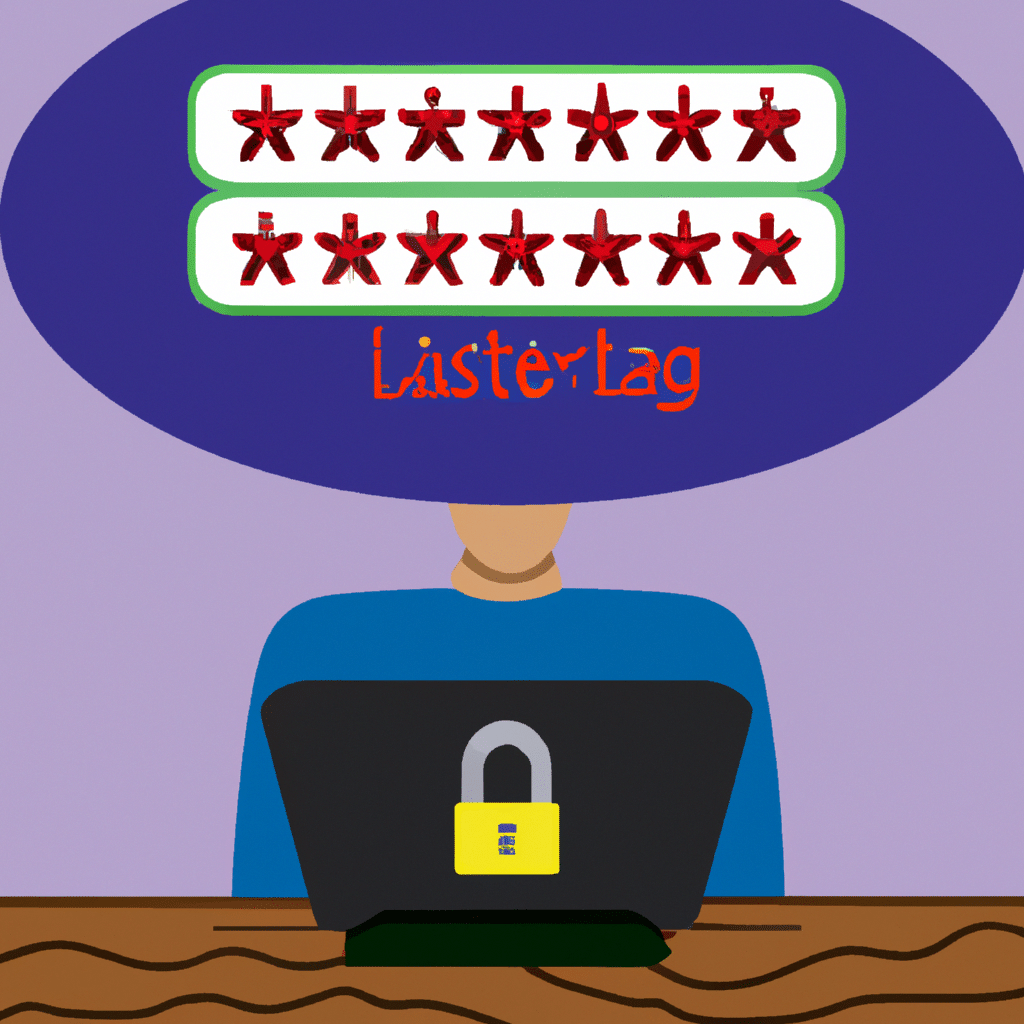How to Create a Secure Password and Protect Your Accounts
In today’s digital age, creating a secure password is more important than ever. With the increase in cyber-attacks and data breaches, it is crucial to protect your online accounts by using strong passwords that are difficult for hackers to crack. In this article, we will discuss the best practices for creating a secure password and how to protect your accounts from unauthorized access.

Why Do You Need a Secure Password?
A strong password is the first line of defense against cyber-attacks. Hackers use various techniques to gain access to user accounts, including brute-force attacks, dictionary attacks, and social engineering. A weak password can be easily cracked using these techniques, putting your personal information at risk.
In addition, many people use the same password for multiple accounts, which means that if a hacker gains access to one account, they can potentially access all of your other accounts. This is why it is important to create a unique and strong password for each account.
How to Create a Strong Password
Creating a strong password can be a challenge, especially if you have multiple accounts to manage. Here are some tips for creating a strong password:
- Use a mix of uppercase and lowercase letters, numbers, and symbols.
- Avoid using personal information, such as your name, birthdate, or address.
- Use a passphrase instead of a single word, such as “Myfavoritecolorisblue” or “ILove2Travel!”
- Use a password manager to generate and store strong passwords.
Remember, the longer and more complex the password, the harder it is for a hacker to crack.
How to Protect Your Accounts
Creating a strong password is just the first step in protecting your accounts. Here are some additional tips to keep your accounts secure:
- Use two-factor authentication: Many websites and apps offer two-factor authentication, which requires a second form of identification, such as a text message or fingerprint scan, in addition to your password.
- Keep your software up to date: Make sure that your operating system, web browser, and other software are updated regularly to protect against security vulnerabilities.
- Beware of phishing scams: Phishing scams are emails or messages that appear to be from a legitimate source but are designed to trick you into giving up your login credentials. Be wary of any messages that ask for your password or other personal information.
- Use a virtual private network (VPN): A VPN encrypts your internet connection, making it more difficult for hackers to intercept your data.
Conclusion
Creating a secure password and protecting your accounts is essential in today’s digital age. By following these best practices, you can help ensure that your personal information remains safe and secure. Remember to create unique and strong passwords for each account, use two-factor authentication where possible, keep your software up to date, beware of phishing scams, and use a VPN when accessing public Wi-Fi networks. Stay vigilant and stay safe!












